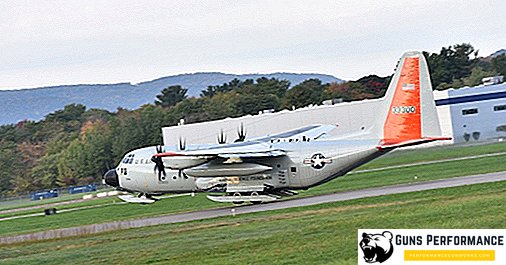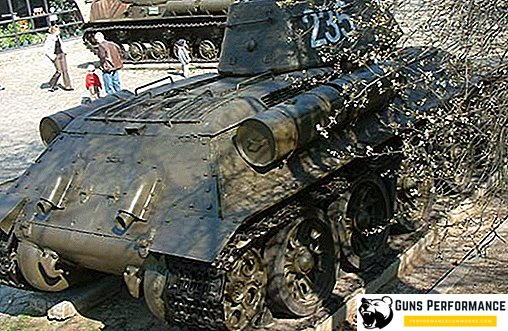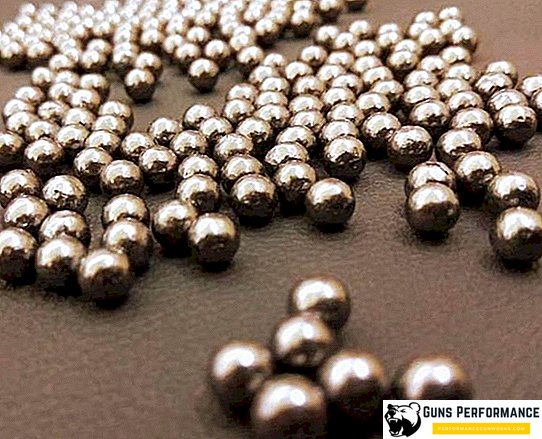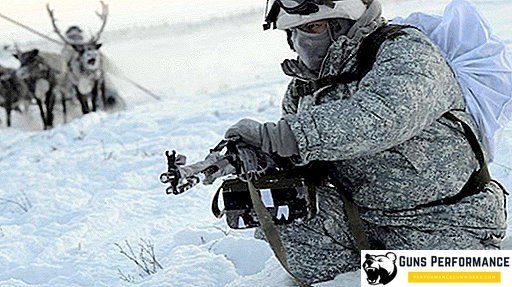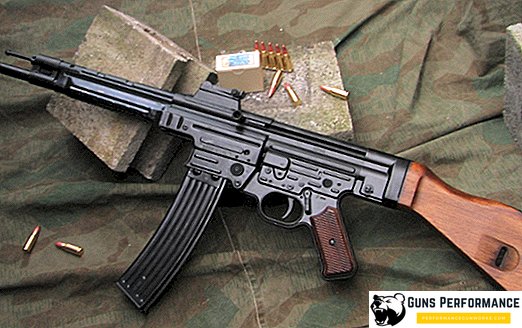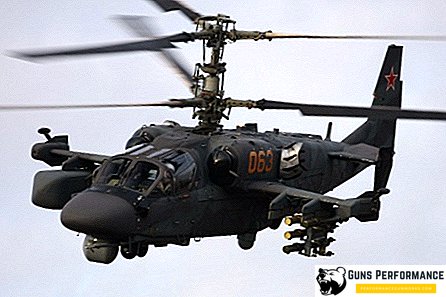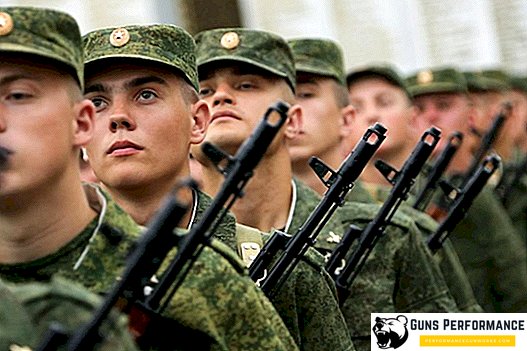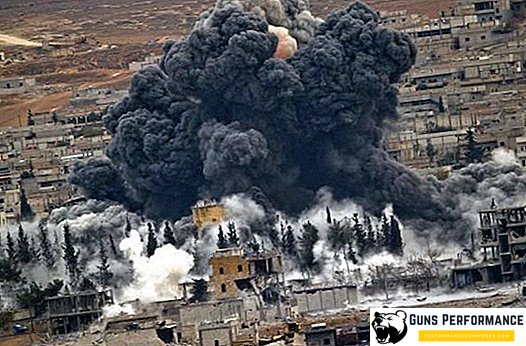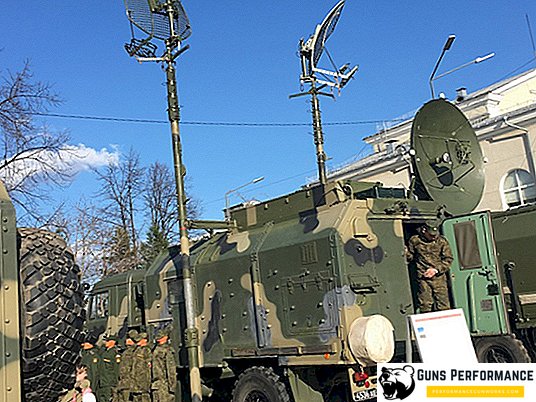
The Tu-2 is a front-line dive bomber created in the USSR on the eve of World War II.
This combat vehicle was developed in the TsKB-29 NKVD - in the famous "Tupolev sharashka", in which, under the supervision of the omnipotent department of Lawrence Beria, dozens of Soviet engineers created the best examples of Soviet technology. In addition to Tupolev, Petlyakov, Korolev, Myasishchev, Stechkin worked at TsKB-29. In this very "sharashka" another Soviet dive bomber was developed - the famous Pe-2.
During serial production, several modifications of the Tu-2 were created. According to its characteristics, this aircraft can be called one of the best front bombers of its time.
In total, the Soviet industry produced 2527 Tu-2 aircraft, of which about 800 were manufactured during the war.

History of creation
Work on the creation of dive bomber began almost immediately after the end of the First World War. The military was not satisfied with the accuracy of the bombing, in addition, the flight speed of the new aircraft increased, which led to even greater deviations of the bombs from the aiming point.
Until the invention of guided munitions, there were still a few decades, so the way out of the current situation was seen in the application of new bombing methods. The most promising of them was a dive.
The development of a new dive bomber began in the USSR in 1936 after the appointment of Tupolev to the post of deputy chief of the main aviation industry of the country. The designer had extensive experience in multi-engine all-metal aircraft: in 1932, under his leadership, the ANT-25 was created, on which a non-stop flight was made to the USA via the North Pole. Before that, there were airplanes TB-1 and TB-3, which were considered the best bombers of their time.
However, Andrei Nikolaevich was not allowed to work calmly: in 1937 he was arrested, accused of sabotage and counter-revolutionary conspiracy. He was sentenced to fifteen years in the camps. At that time, such as the designer Tupolev was not sent to the logging: the NKVD created several closed design bureaus in which the prisoner engineers worked on various projects.

In 1939, the designers were tasked to create a sea diving bomber capable of effectively hitting enemy ships at sea and in basing sites. According to its characteristics (altitude and flight speed), the new aircraft should not have been inferior to the fighters of that time, its flight range should be sufficient to launch a bombing attack on the main base of the English fleet on Scapa Flow. Initially, work went on two versions of the aircraft: with four and two engines. It was decided to stay on the project of a bomber with two engines, he received the designation "aircraft 103" or "product 58".
In 1940, an outline version of the machine was made; originally, the plane was planned to install M-120TC or AM-35A liquid cooling motors. However, during the first test flight in January 1941 on the bomber stood another water-cooled engine - AM-37 (1,400 hp).
During the test flight, the new aircraft demonstrated brilliant performance - a speed of 650 km / h at an altitude of 8 thousand meters. This result impressed the developers so much that they did not immediately report it to Stalin. Only after additional verification of all characteristics was the report sent to management. The car was recommended for serial production.

After the German attack on the USSR, the need to bomb England no longer existed, but such a dive bomber was desperately needed at the front. Despite the positive test results, the "product 103" was never launched into the series. The fact is that the AM-37 engine was not yet ready: the designers had to redo the car under the M-82 engine.
Only in December 1941 a new modification of the 103-U aircraft with M-82 engines took off. Serial production of the aircraft began in March 1942, at the same time, the first cars were sent to the front. Military tests of the Tu-2 ended in September of the same year, the pilots noted the high performance of the aircraft and its reliability. The Tu-2 could accelerate to a speed of 547 km / h, its ceiling was 9.5 thousand meters, with overload it could take on board up to 3 tons of bombs.
It would seem that after successful tests, mass production should begin, but the opposite happens: the production of Tu-2 at plant No. 166 was suspended, the enterprise was ordered to organize the serial production of Yak fighter jets at its facilities. This decision looks illogical, but apparently, at that time, fighters at the front were more necessary than diving bombers. A total of 80 bombers were produced.
Only in the summer of 1943, the State Defense Committee issued a decree on the resumption of production of Tu-2. The new aircraft received the letter "C" in the designation, and it was significantly different from the cars that went off the assembly line in 1942. The Tu-2C received new ASH-82FN engines, which had improved traction, but also differed from the previous engines by their greater weight and frontal resistance, which reduced the speed of the car. The defensive armament of the bomber was strengthened: ShKAS machine guns were replaced by 12.7-mm UBS. The Tu-2C could take bombs in caliber of 1 thousand kg into the internal bomb bay and use them during dive-bombing.

No less important was another thing: Tupolev significantly refined his plane in terms of manufacturability and simplicity of design. The cost of producing one machine was reduced by 20%, which is crucial for wartime conditions. The Tu-2C could be very quickly converted into a torpedo bomber or a reconnaissance aircraft.
According to the main characteristics, the Tu-2 was superior to another Soviet Pe-2 dive bomber. The combat load of the Tupolev aircraft is three times greater than that of the machine of Petlyakov. His defensive armament was more powerful, the Tu-2 had a flight range twice as large as the Pe-2 and, moreover, was distinguished by higher flight qualities. The speed of both aircraft were approximately equal. The massive entry of Tu-2 into the troops began only in early 1944.
The aircraft was serially produced until 1952. Tu-2 was actively exported. It was used by the air forces of Poland, Bulgaria, Romania, Hungary and China. In China, this aircraft was used until 1982.

Description of construction
Tu-2 is a high-all-metal high-profile with two engines, two-tail fin and retractable landing gear. Different modifications of the aircraft differed only in weapons, engine type and equipment.
The crew of the Tu-2 consisted of four people: the gunner, gunner-radio operator, pilot and navigator-scorer. Sometimes it consisted of three or five people. Places for the crew members were protected by armor plates that were able to withstand the hit of 20-mm shells.

Structurally, the aircraft fuselage was divided into three parts: the nose, center and tail. In the bow was located the cockpit and navigator. In the central part of the fuselage was a bomb bay, closed shutters. The bomb bay was rigidly connected to the center section. In the right casement there was a special hatch for the OPB-1D bomb-sight bomb.
The tail section consisted of frames and smooth plating. There was a place for the gunner-radio operator, the upper and lower fire installations. At the rear of the compartment was the tail wheel chamber.

The fuselage and center section of the aircraft were sealed, which increased the aerodynamic characteristics of the bomber.
The wing of the Tu-2 - caisson design, it consisted of a center section and consoles. The supporting structure of the center section consisted of spars and nevryur, it was attached to the fuselage with the help of squares. The wing was equipped with flaps and aileron.
The aircraft was equipped with a very popular two-tail tail unit at that time. The steering wheel cover is made of cloth.
The Tu-2 had a tricycle landing gear with a tail wheel. The main wheels had one rack, one wheel, they were cleaned in the engine nacelles in the direction of the tail of the aircraft. Chassis cleaning - hydraulic (emergency cleaning - pneumatic).
The aircraft Tu-2 was equipped with two control systems - the main and auxiliary. The main circuit was represented by rigid mechanical rods, with the help of which the ailerons and rudders were controlled. The auxiliary circuit affected trimmers, chassis exhaust system, main wheel brakes, bomb hole flaps, tail wheel locking.
The Tu-2 was armed with two fixed 20-mm ShVAK cannons located in the center section near the fuselage. The ammunition of each gun consisted of 150 shells. To protect against fighters, the Tu-2 had the navigator's upper fire installation, the upper radio-gunner's installation, and the lower fire gunner's installation. Each of them was equipped with a 12.7-mm machine gun Berezina.
The aircraft could carry up to 3 tons of bombs (in the bomb bay and on external hangers). Bombing could be carried out both from horizontal flight and dive.
Modification of the Tu-2S was equipped with star-shaped engines ASH-82FN. It was the first serial Soviet aircraft engine with fuel injection. The fuel was placed in fourteen tanks, covered with a combined protector. Their total capacity was 2880 liters. Fuel tank space was filled with exhaust gases from the right engine, which significantly increased the aircraft’s fire safety.

The Tu-2 was equipped with an AP-3 dive machine, later it was replaced with a more advanced AP-3M. From the dive, the plane was leaving with an overload of 3.5-4 g.
Modifications
Tu-2. The aircraft was equipped with engines M-82 (1700 hp.), M-82F and M-82FN. In the design of the aircraft used wood. The small arms were represented by two ShVAK cannons (caliber 20 mm) and three 12.7-mm machine guns. Part of the machines differed from the standard: it was armed with two ShVAK cannons, two BS 12.7-mm machine guns and three ShKAS machine guns. Bomb load - 1 thousand kg (maximum - 2 thousand kg). The crew - four people, all were released 81 cars.
Tu-2C. On this modification installed engines ASH-82FN. ShKAS machine guns were replaced with UBT machine guns. The mass of the bomb load increased to 3 thousand kg. The release began in 1943, 2423 cars were manufactured in total.
Tu-2P. Reconnaissance aircraft Built thirteen aircraft.
YES-2. Educational modification of the aircraft with dual control. A total of 23 cars were produced.
UTB. Educational modification of the aircraft with engines ASH-21 (700 hp. Pp.).

Specifications
Below are the main characteristics of the Tu-2:
- wing span - 18.86 m;
- length - 13.8 m;
- height - 4.55 m;
- engine - 2 x ASH-82FNV;
- power - 2 x 1850 l. with.;
- Max. speed - 550 km / h;
- practical range - up to 2500 km;
- maximum rate of climb - 588 m / min;
- practical ceiling - 9500;
- crew - 4 people.


